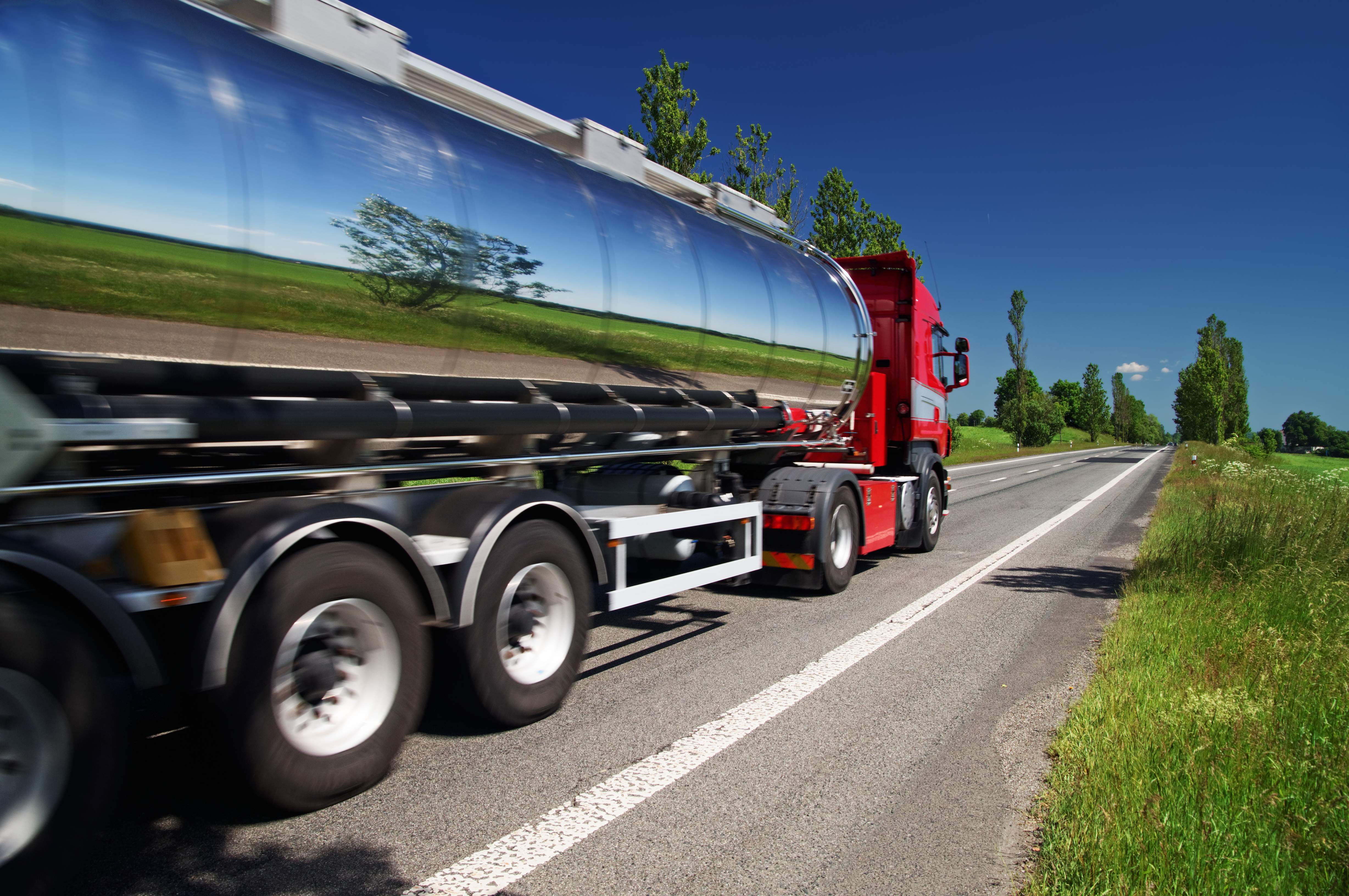Big changes for road transport: What you need to know about ADR 2025
04 July 2025
What is ADR?
ADR stands for the European Agreement concerning the International Carriage of Dangerous Goods by Road. In a nutshell, it’s a set of international rules designed to keep the transport of hazardous materials safe and consistent across borders. It’s backed by the United Nations, signed by most European countries, and even stretches into parts of Asia and North Africa.
It covers everything from how dangerous goods are packaged and labelled to how vehicles should be built and what qualifications drivers need. So, it’s a big deal for anyone in logistics, manufacturing, or packaging connected to hazardous materials.
How is it all set up?
The rules are split into two volumes:
Volume 1: General rules on dangerous materials, including packaging and labelling.
Volume 2: Details about vehicles, equipment, and operational procedures.
Every few years, the ADR gets updated to reflect new technologies and risks. The latest set of changes officially came into effect on 1 January 2025, with a six-month transition period. But as of 1 July 2025, full compliance is now mandatory.
What’s new for 2025?
New UN Numbers for Sodium-Ion Batteries
Sodium-ion batteries are being hailed as safer, cheaper, and more sustainable. They are an alternative to lithium batteries, especially for things like grid storage and affordable EVs. But sodium batteries still carry risks, including fire and gas emissions. Under the new ADR regulations, there are 11 new UN numbers which have been added, specifically for sodium-ion batteries. This creates clearer hazard classifications in order to help emergency services respond properly. As well as this, new packaging codes like P911 and P912 ensure batteries are secured during transit. Labelling has also been updated with the familiar “Battery Mark” and other new symbols.
Updated Labelling for Electric Vehicles & Batteries
If you’re transporting EVs or large batteries, there are new packaging instructions which cover everything from containment to marking. For lithium batteries, it’s recommended (and required from 2026) that they’re shipped at 30% state of charge (SOC) or lower. Sodium batteries don’t have a strict SOC limit yet, but similar safe handling is encouraged.
Extra Packaging Rules for Other Hazardous Goods
But it’s not just about batteries. Other updates include that waste paints and asbestos can now be mixed in transport under strict rules (provided containers are in good condition), hot liquids (over 50°C) need updated EN/ISO-approved containers, with clear markings on all sides, and for EVs, the old “battery master switch” is now officially called a de-energising electrical circuit, and it must be easy to reach, properly marked, and protected from accidental use.
So, what should operators be doing now?
If your business is affected, here’s the to-do list:
1. Review labelling – Make sure new “Battery Marks” and updated UN numbers are in place.
2. Check packaging – Battery containers, especially for EVs, need to meet stricter standards.
3. Monitor battery charge levels – Aim for 30% SOC when shipping lithium batteries.
4. Install de-energising switches – EVs in transport need proper safety circuits and clear labels.
ADR 2025 brings some big safety improvements, especially with battery transport and driver training. With the grace period now over, businesses need to be fully compliant or risk legal headaches. If your company deals with dangerous goods, this isn’t something to park on the to-do list. Stay ahead, stay compliant, and keep things moving safely.
Get in touch to review your procedures or speak to one of our transport law specialists.
